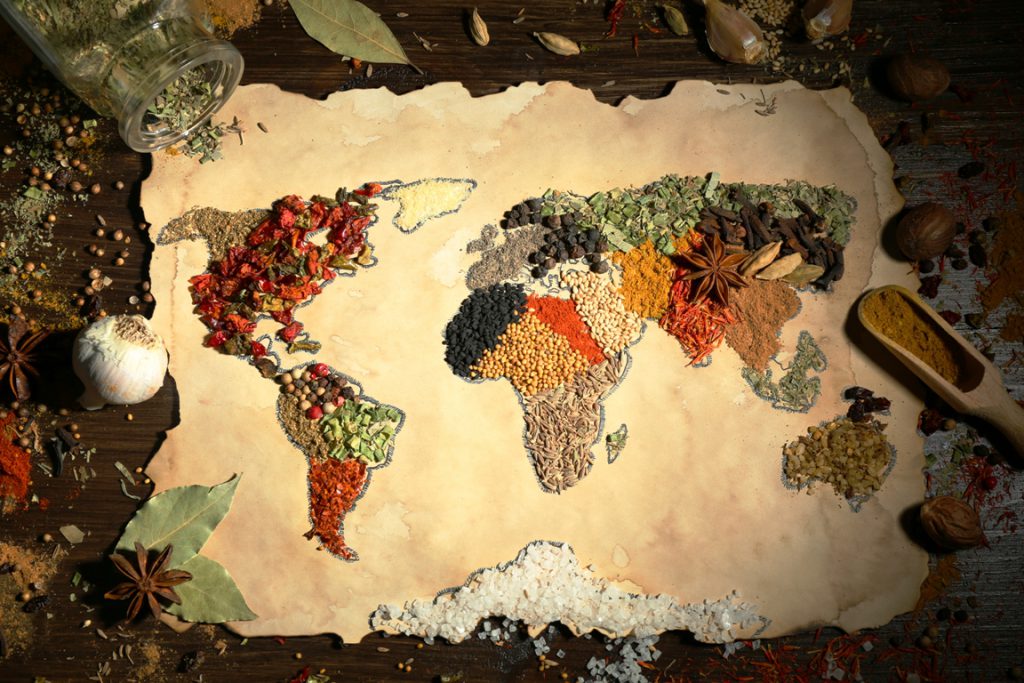Have you ever wondered how the food that is in your local supermarket, in your fridge, and ultimately in your plate has arrived there? Studies show that worldwide, around 69% of the supplied and produced food has foreign blood.
Every country and region is connected to each other somehow through the history and origins of the foods that we eat every day. Tomatoes for example, have always thought to come from Italy, but in reality they originated in the Americas; and so did the potatoes.
All countries rely on foreign crops, but the extent to which they do depends from one nation to the other. North America, Australia, New Zealand, and some regions of Africa, Europe and the Caribbean, were found the most dependent, mainly because of their location that makes certain crops hardly to be produced. In the United States, nearly 90% of the food can be considered foreign.
At the opposite pole, there are the regions that are home to the greatest number of popular crops. From those ones we count Asia, south-eastern Europe and the Mediterranean, and tropical South America. Due to their climate, they have managed not only to grow and harvest their own crops, but also to introduce the world to apples, olives, cabbage, cocoa beans, and pineapple.
A scientific research published in the journal Proceedings of the Royal Society B, analysed more than 100 crops in 177 countries. The study aimed to make a comparison between the countries where the crops originated and the ones where they are eaten the most. The outcome shows how important it is to protect their diversity, especially in cases of climate change, habitat destruction, invasive species, and other environmental threats.
The research also suggests that these issues should be given an increased focus in the coming decades. Nations should come together and collaborate to make sure that the food resources are protected and accessible to everyone in the future.



